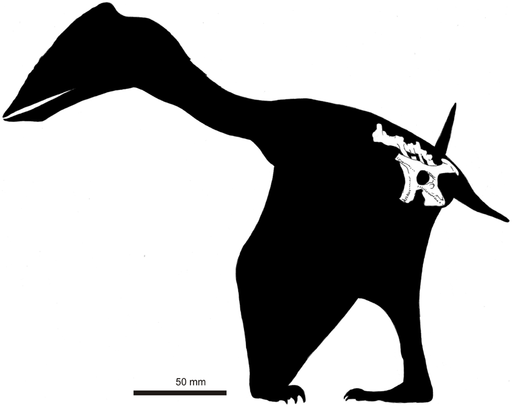Young girl discovers new dinosaur species

Daisy Morris, a nine-year-old girl from the UK, has had an interest in fossils since she was three years old. When she was just five, she made the discovery of a lifetime: A real dinosaur fossil. The envy of dinosaur-loving gals everywhere, Daisy has even had a book written about her called "Daisy and the Wight Dragon." Here are some details on the 'dragon' she found.
The discovery
In 2008, Daisy was walking along Atherfield beach on the Isle of Wight with her family. She saw black bones sticking out of the sand and decided to dig in to scoop out the rest. Her family decided to seek the opinion of an expert at the University of Southampton. That expert turned out to be paleontologist Martin Simpson.
What is it?
Mr. Simpson and his colleagues studied the bones Daisy dug up a pelvis and its associated vertebrae, and found they belonged to a new genus and species of pterosaur. It was a flying reptile from the Lower Cretaceous period. The dinosaur has been named Vectidraco daisymorrisae. Vectidraco means 'dragon from the Isle of Wight' while daisymorrisae is in honor of Daisy for her discovery and generous donation to the Natural History Museum.
What does it look like?
Based on the size of its pelvis (40 mm long), the dinosaur is thought to have been about the size of a large crow. It was probably crested and very likely toothless, like many of the other dinosaurs in the azhdarchoid group. According to Darren Naish, a co-author of the study published in the open access scientific journal PLOS ONE, this group of pterodactyloids is thought to have thrived in woodland areas, tropical forest and floodplains.
The Isle of Wight is a hot-spot for dinosaur fossils, recently dubbed the 'dinosaur capital of the UK' by the Natural History Museum researcher Paul Barrett.
Illustration courtesy of Wikimedia Commons.
4 comments